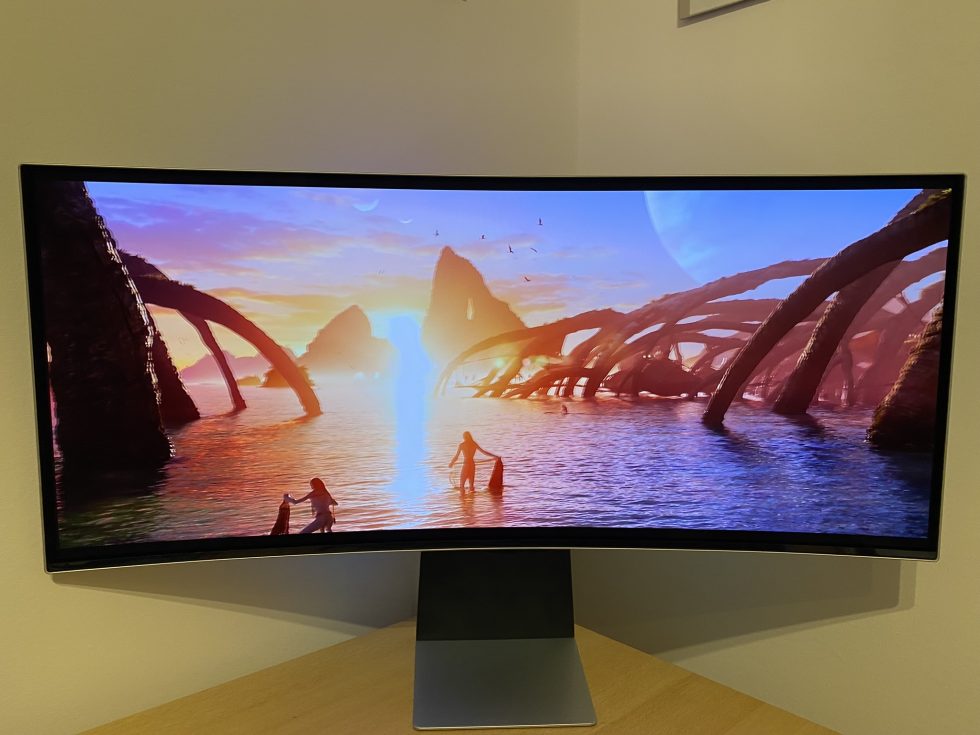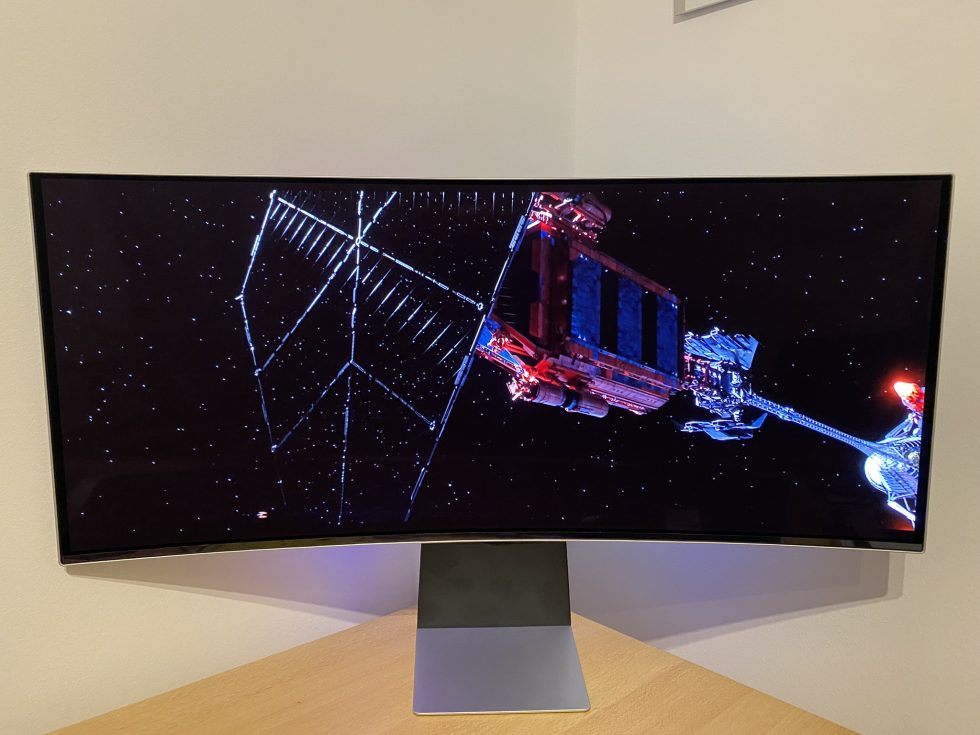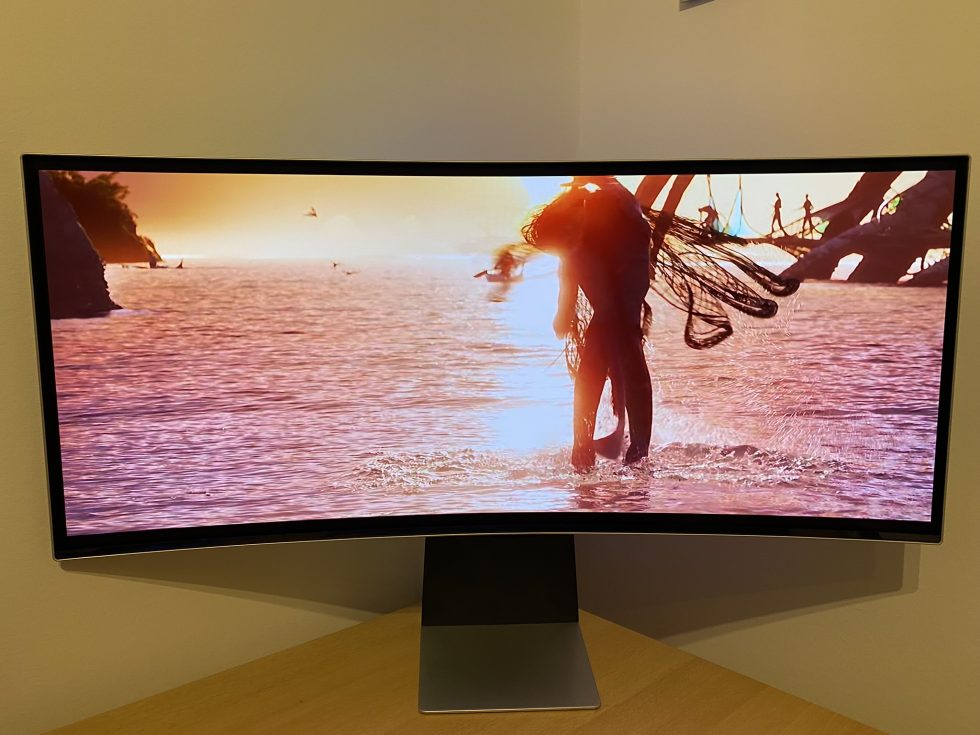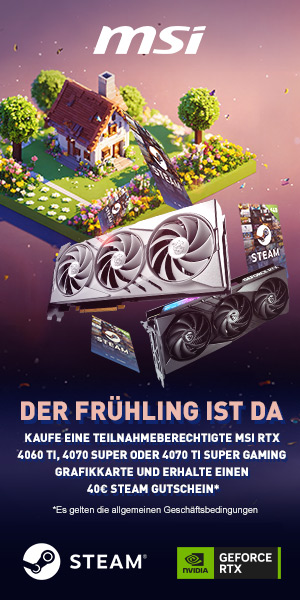Summary
The Samsung Odyssey G8 is a remarkable OLED gaming monitor with many impressive features. For example, it delivers stunning picture quality and deep black levels that can take the gaming experience to a new level. Coupled with the refresh rate of 175 Hz, fast pixel response time and low input lag, even fast-paced first-person shooters can be enjoyed in an online session. However, the 34-inch ultrawide panel takes some getting used to when it comes to professional eSports. First and foremost, the Samsung Odyssey OLED G8 is more about the HDR capabilities of the QD OLED panel. Gaming in HDR is a dream come true. Although not perfect, the OLED G8 – at least with an NVIDIA GPU – already delivers a good and sufficiently color-true HDR experience in default settings. The OLED also offers a good sRGB mode in SDR with the Color Space Setting Auto.
The smart TV processor really comes into its own when it comes to calibration. The end customer can play around with both SDR and HDR to near perfection. White point control etc. make it possible. Here I was able to achieve the best or most accurate HDR result I have ever seen with a monitor. I still have to find out how well or badly calibration via smartphone works. According to rumors, however, it should work quite well.
The workmanship is very good, the materials in particular are high quality and the design appears timeless. If Samsung hasn’t taken inspiration from its rival Apple. In my opinion, the OLED G8 is currently the most beautiful 34-inch QD OLED on the market in terms of design. So it’s all the sadder that the Samsung Odyssey OLED G8 didn’t come out of the test flawless.
On the one hand, I can criticize the connections, because these mini or micro connections should not have been mandatory. In the end, however, this wouldn’t be so bad if Samsung had simply included a suitable HDMI 2.1 and USB-C cable with DP alt mode in the scope of delivery. Even if this is not an absolute deal-breaker, Samsung still needs to improve in this area in the future. Most of its competitors don’t cut corners in this area, and in terms of price, it’s Samsung’s fault.
But that is the least of Samsung’s problems. Where is the real problem? That the monitor uses the FreeSync Premium Pro pipeline, and AMD graphics card owners are still penalized for it. If you want to use the up to 1000 nits in HDR, then you have to go through workarounds, which in the end may have disadvantages.
I also have to get AMD on board here. AMD always claims that you need a certification for FreeSync Premium etc. to officially put this sticker on the packaging. Now I’m seriously wondering what exactly was certified on the Samsung Odyssey OLED G8? Certainly not FreeSync in conjunction with Peak Brightness Mode. I can only hope that both Samsung and AMD will address this issue immediately. The current situation is simply embarrassing!
Conclusion
The Samsung Odyssey OLED G8 is impressive in terms of design and thanks to the Smart TV processor, the monitor has become a self-sufficient system. It can even deliver quite decent sound to be used as a TV. And this brings us full circle to the headline: the Samsung Odyssey OLED G8 has that certain something extra. As always, it’s up to you to decide whether you really need it. I can’t say at the moment to what extent the smart TV features are long-lasting; the hardware usually starts to slow down after around three years because the software and apps are unnecessarily overloaded. This will certainly become an issue again.
In terms of price, the Samsung is currently well in the running and, measured against the feature set, the approx. 890 euros are still okay. If Samsung solves the problem with AMD graphics cards with a firmware update, the big point of criticism that stands in the way of a purchase recommendation award at this point in time will also be removed. I can’t reconcile this with my conscience, especially not at this price. Even if there are supposed to be other workarounds to enable HDR 1000 Nit mode with VRR, that doesn’t change my conclusion. Something like this simply must not happen.
For me personally, the Samsung Odyssey OLED G8 meets my requirements exactly – smart TV and PC gaming with and without HDR. And since I like to play around with the settings such as white point etc., the OLED G8 is just right for me! I was also aware of the problem with AMD GPUs, of course, as I’m well connected. I’ll keep you up to date in any case, I’ll bring you another article about calibration via smartphone. And if Samsung releases an update regarding FreeSync Premium Pro, there will also be something for me to read.
I bought the monitor myself and I’m using it as a gaming monitor. There was no influence on the tests and results. There was also no compensation for expenses and no obligation to publish by Samsung or anyone else.
- 1 - Introduction, Features and Specs
- 2 - Workmanship and Details
- 3 - How we measure: Equipment and Methods
- 4 - Pixel Response Times
- 5 - Display Latencies
- 6 - Color-Performance @ Default Settings
- 7 - Direct Comparison and Power Consumption
- 8 - Color-Performance calibrated
- 9 - HDR-Performance
- 10 - Summary and Conclusion





































201 Antworten
Kommentar
Lade neue Kommentare
Urgestein
Urgestein
Neuling
Veteran
Mitglied
Moderator
Veteran
Veteran
Veteran
Urgestein
Urgestein
Moderator
Moderator
Veteran
Veteran
Moderator
Moderator
Moderator
Urgestein
Alle Kommentare lesen unter igor´sLAB Community →